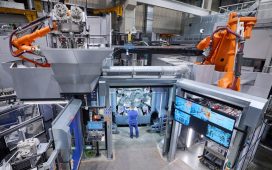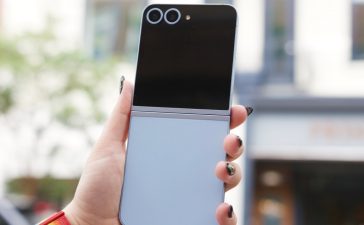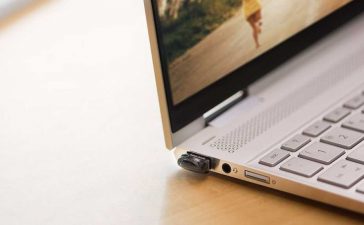The California Department of Motor Vehicles suspended Cruise’s robotaxi permit “effective immediately.” The General Motors-backed company had recently been involved in several safety incidents, most recently a hit-and-run by another driver that resulted in a pedestrian trapped under one of Cruise’s driverless vehicles.
Among the reasons cited for the suspension: Cruise’s vehicles “are not safe for public operation”; the company allegedly “misrepresented” the safety of its vehicles; Cruise’s vehicles could pose “an unreasonable risk to the public”; and permits can be revoked “if a manufacturer is engaging in a practice in such a manner that immediate suspension is required for the safety of persons on a public road.”
“The DMV has provided Cruise with the steps needed to apply to reinstate its suspended permits, which the DMV will not approve until the company has fulfilled the requirements to the department’s satisfaction,” the agency states.
Cruise can still test its vehicles with human safety drivers behind the wheel. But its robotaxi permit that allowed it to pick up and drop off passengers in driverless vehicles has been suspended.
Cruise’s vehicles “are not safe for public operation”
San Francisco is the city in which Cruise has the most vehicles deployed. It is where it has been field testing its commercial service of paid robotaxi trips. And a suspension could seriously impact the company’s ability to scale to new markets.
The suspension could also draw a clearer distinction between Cruise and its main rival, Alphabet’s Waymo, which is also operating a paid robotaxi service in San Francisco, said Reilly Brennan, general partner at Trucks VC.
“This is impactful not only because of what it says about California’s relationship with Cruise, but also for what that very same act says about California’s relationship with Waymo,” Brennan said in an email. “This is a line item veto, not a blanket AV policy. Without access to their code laid bare, we might not be able to contrast the technical merits of Cruise and Waymo on our own. But California has now drawn the distinction for us.”
In an email, Cruise spokesperson Hannah Lindow confirmed that the company received the notice of the suspension earlier today. “We learned today at 10:30 am PT of the California DMV’s suspension of our driverless permits,” Lindow said in a statement. “As a result, we will be pausing operations of our driverless AVs in San Francisco. Ultimately, we develop and deploy autonomous vehicles in an effort to save lives.”
In August, a Cruise robotaxi collided with a fire truck, injuring one passenger. In response, the company reduced the number of vehicles it had deployed by half while the city investigated the incident. And on October 2nd, a hit-and-run in San Francisco launched a pedestrian in front of a driverless Cruise vehicle, trapping her underneath for some time.
According to police, the Cruise vehicle then braked, with its rear tire still on top of the woman’s leg. After Cruise disabled the vehicle, rescuers were able to get the vehicle off the woman’s leg using the jaws of life.
“This is a line item veto, not a blanket AV policy”
Following the incident, the National Highway Traffic Safety opened a safety investigation to determine whether Cruise’s driverless vehicles pose a risk to pedestrians. The company’s AVs are “encroaching” on pedestrians in crosswalks and elsewhere and could pose a risk to their safety, the agency said in its report.
Cruise’s Lindow confirmed that the suspension was related to the October 2nd incident. “The AV braked aggressively before impact and because it detected a collision, it attempted to pull over to avoid further safety issues,” she said. “When the AV tried to pull over, it continued before coming to a final stop, pulling the pedestrian forward. Our thoughts continue to be with the victim as we hope for a rapid and complete recovery.”
Following the incident, Cruise reached out to several government agencies, including the California DMV, the California Public Utilities Commission that regulates commercial ridehail, and NHTSA. The company shared the video from its vehicle of the incident with investigators and is answering their questions, Lindow said.
She added, “Our teams are currently doing an analysis to identify potential enhancements to the AV’s response to this kind of extremely rare event.”
San Francisco officials, including transit, police, and fire departments, have expressed serious concerns about driverless vehicles intruding on emergency scenes, blocking intersections, and impeding other traffic. They have also been involved in a number of minor fender benders and rear-end collisions that have some residents worried about escalation as more are deployed.












